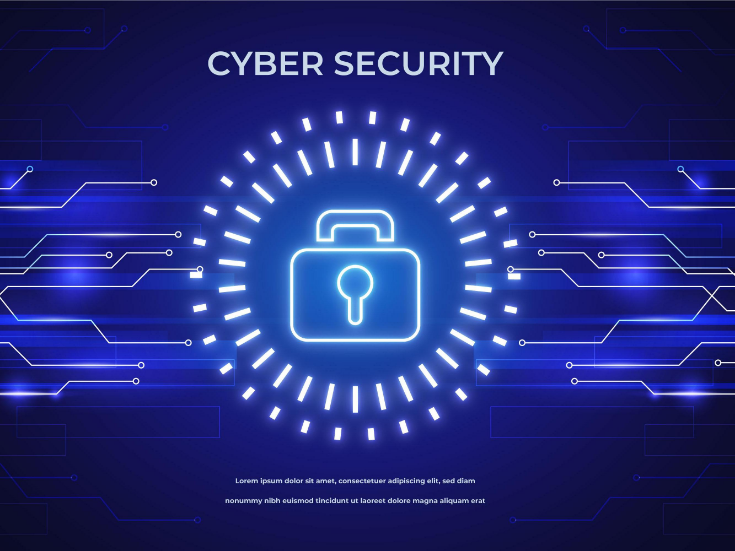- Malware attacks on businesses rose by 358% in 2020.
- Phishing scams remain the most common form of cyber attack.
Cybersecurity is an ever-evolving field, and understanding the various types of threats is crucial for both individuals and businesses. As we become more reliant on technology, the number and sophistication of these threats continue to grow.
3 main threats to computer security
1. Malware
Malware refers to malicious software designed to harm, exploit, or otherwise compromise a computer system. This includes viruses, worms, trojans, ransomware, and spyware. Malware is Software designed to disrupt, damage, or gain unauthorized access to computer systems. Pros include the ability to be mitigated with antivirus software, but cons include the potential for significant data loss and operational disruption.
Example: The infamous WannaCry ransomware attack in 2017 infected over 230,000 computers across 150 countries, demanding ransom payments in Bitcoin (approximately £260,000 or $325,000 at the time).
Also read: Is cyber security more valuable than computer science?
2. Phishing
Phishing attacks involve tricking individuals into providing sensitive information by masquerading as a trustworthy entity. This often happens through deceptive emails or websites. A method of trying to gather personal information using deceptive e-mails and websites. Pros include the simplicity of user education to mitigate attacks, but cons include the sophistication and realism of modern phishing attempts making them hard to detect.
Example: In 2016, a phishing scam targeted employees of a major US company, resulting in the theft of $100 million.
Also read: Protecting your data in the digital age: The most pressing cybersecurity threats
3. Distributed denial-of-service (DDoS) attacks
DDoS attacks aim to disrupt normal traffic to a web service by overwhelming it with a flood of internet traffic. This can shut down websites and online services, causing significant downtime and financial loss. It attempts to make an online service unavailable by overwhelming it with traffic from multiple sources. Pros include the ability to use network security measures to mitigate, but cons include the potential for massive financial and reputational damage.
Example: The 2016 DDoS attack on Dyn, an internet performance management company, affected major websites like Twitter, Netflix, and PayPal.
A personal perspective
Cybersecurity isn’t just a technical issue; it’s a business imperative and a personal responsibility. Every click, download, and email interaction is an opportunity for attackers, making awareness and education crucial. Staying informed about the latest threats and understanding how to protect against them can make all the difference. It’s not just about protecting data; it’s about safeguarding our way of life in an increasingly digital world. Let’s commit to creating a safer online environment for everyone.

